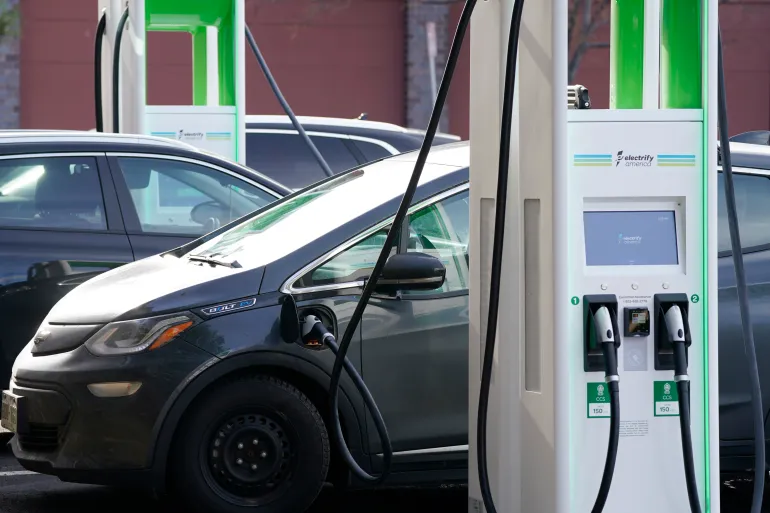We are all part of the same dynamic system where Signs of Vanishing Forests. That supports life and as such, we need to take responsibility and be proactive in regard to maintaining our environment. Sustainability-laden EVs , hailed as a beacon of hope electric vehicles have won their own accolades.
On the other hand, a growing number of customers are turning to these ‘clean’ EVs. Electric motors and thus spew out lesser carbon than their combustion engine-based fossil fuel counterparts. But such promises come with environmental cost issues.
For example, the encroachment of biodiversity and deforestation. By paying particular attention to the thick challenge here at hand. Mankind and the crux of environment preservation can explore the flipside of technological advancement . We should explore nitty-gritty of this question. What leads to it and what are the key ways to reach green future for electric motorization.
The Drive Towards Electric Mobility
At first, the growing popularity of electric cars was due to the fact that environmental safety. Concerns greatly pushed people towards this kind of a vehicle. Governments throughout the world have recognized the importance of electric vehicles (EVs) as a cleaner alternative. And they have given out incentives to support EVs.
Also, manufacturers of cars are making huge investments in electric technology. Second, individuals HAVE NOW less operating costs. And environmental advantages in electric vehicles. Another reason for their increasing popularity. That are, however, complicated with environmental problems.
The Environmental Cost of Clean Energy
Furthermore, the production of electric vehicles. And their batteries requires significant amounts of critical minerals, such as lithium, cobalt, and nickel. The extraction of these resources often leads to land grabs and deforestation. Particularly in countries with rich mineral deposits but weak environmental protections. Additionally, the rush to secure these materials can exacerbate social tensions, displace communities, and threaten biodiversity. This situation highlights the paradox of pursuing clean energy technologies that, in their production, may undermine environmental and social sustainability.
Balancing Technological Advancement and Environmental Stewardship
Moreover, addressing the environmental impact of electric vehicles demands a nuanced approach. That balances technological advancement with the principles of environmental stewardship. It necessitates a comprehensive assessment of the EV supply chain.
From mineral extraction to vehicle production and disposal. Furthermore, this challenge calls for international cooperation to establish ethical sourcing standards. Promote recycling and circular economy practices, and invest in alternative materials and technologies that reduce the environmental footprint of EVs.
The Role of Policy and Innovation Signs of Vanishing Forests
On top of this, there is no doubt that policy and innovation create a huge opportunity. To get through with the green blowout stage of EVs.
Governments and industries should come up with legislation to safeguard environmentally fragile areas,. Promote degradable solutions of batteries, and choose more sustainable alternatives for their production.
Besides that, better vehicle design, energy storage solutions. And renewable energy integration also can be innovated to create a sustainable environment for electric mobility. Which is one of the major parts of the transportation solution in the future.
In conclusion, while electric vehicles represent a critical step towards reducing our carbon footprint. Their production raises important environmental concerns that must be addressed.
The less attractiveness of EVs due to about limited localization and the lost forests emphasize. The necessity of a comprehensive approach to sustainability which envisages the whole life cycle of EVs. Through spreading the culture of reasonable resource management, innovative technologies, and strategic policies. We will be able to address the existent challenge of EC mobility. And, instead, go towards a future where zero-emission transportation and ecological growth are interconnected.
Inspired by AL-Jazeera News and Read more articles here.
